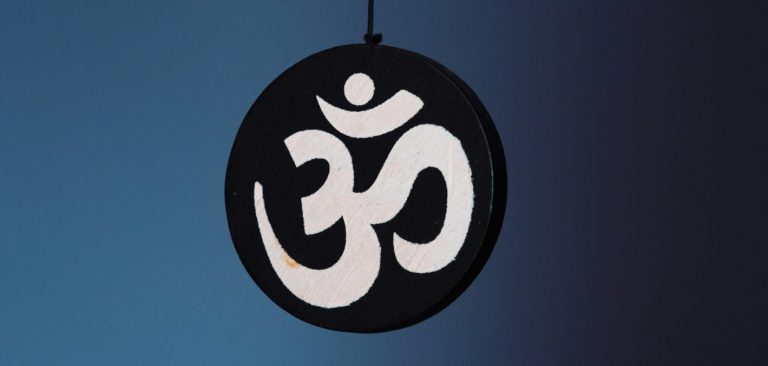Mantra & Chanting
"The vibrations of a mantra can penetrate the deepest layers of the mind, dissolving negative patterns and bringing about lasting change" - Swami Rama
A Mantra is a word(s) or sound(s) which is (are) repeated over and over again in one’s mind as the point of focus in mantra meditation. It is a silent practice, since the mantra is being said in the mind.
Chanting involves using an audible sound to focus one’s attention. This could be a mantra or a single sound like ‘aah’ or ‘mmm’. It is said or sung out loud, repetitively, while you focus on that sound at its vibrational quality.
These techniques have a long history, especially in Hinduism, in which hymns from the Vedas would be chanted as part of religious rituals. Learn more about the history of these meditations here. Sanskrit mantras are still commonly used today, but a mantra can be any word or phrase, in any language, and does not need to have any religious connotations.
Below are some examples of mantras, both in Sanskrit and English.
Om / Aum
Believed to be sound of the Universe. The 3 syllables that make up the sound represent the beginning (A), the steadiness of the present (U) and closing in (M).
"Om represents everything – the beginning, the middle and the end, the past, the present and the future. It encompasses all sounds – mankind, nature, machinery … it is the hum of the earth." ~ Mandukya Upanishad
A Sanskrit mantra literally translating as "I am that" and is a way of expressing that we are all connected to the Universe and can bring a sense of comfort and protection.
So Hum

A Tibetan mantra commonly used in Buddhism, translating as "Praise to the jewel in the lotus".
The 'jewel' symbolises compassion, and 'lotus' represents wisdom.
The underlying meaning is that if we cultivate these qualities of compassion and wisdom, we can achieve purity of body, mind and speech, like the Buddha.
Om Mani Padme Hum
Calm
Repetition of the word calm, either in your head as a mantra or out loud as a chant, has a wonderful vibrational quality which can resonate through your body. Unlike the Sanskrit chants which are seen as deeply spiritual and can have religious connotations if you choose, words like 'calm' do not carry these same meanings. It is a well-known, relatable word which you may find it easier to resonate with when practising mantra as a beginner.
Aaah...Mmmm
These are purely sounds and are a good chant to use as a beginner to introduce you to the practice. You could choose to make the sounds separately:
"Aaah"
"Mmmm" with each exhale
Or combine the sounds within the same exhale:
"AaahMmmm"
I am enough
This is an example of an affirmation.
These are phrases in which the meaning is important to you and therefore you are focusing on this meaning as well as the sounds and vibrations created with the repetition of the mantra. They can produce feelings of calm, reassurance and happiness.
More on mantra & chanting
There is a branch of meditation called Transcendental Meditation (TM) which was developed by a Hindu monk Swami Brahmananda Saraswati in the 1950s and named by his student, Maharishi Mahesh Yogi, as a method of achieving inner peace by repeating a personal mantra which you must not share with anyone. It was so named to emphasise the separation of this practice from Hinduism, reiterating that one does not have to be of any particular religion in order to practice TM. Its popularity increased in the 1960s after it was made known that The Beatles had begun to follow Maharishi’s teachings and practised TM. In order to receive a personal mantra, one undergoes a period of formal instruction before a short ceremony (Puja) and is then instructed to meditate for at least 20 minutes, twice a day using this personal mantra.
If you are a beginner to these types of meditation, it is a good idea to start with a mantra that is a sound or a word you recognise, as this can feel more relatable and familiar.
If you are new to chanting, it can feel quite strange at first, and some people feel self-conscious at the idea of making sounds out loud when meditating. If this is you, don't let it stop you from trying it out! Choose a time and place to have a go where you feel comfortable and you know you won't be disturbed.
We need your consent to load the translations
We use a third-party service to translate the website content that may collect data about your activity. Please review the details in the privacy policy and accept the service to view the translations.

